250 MW of peak rooftop PV capacity; 650 MWh of distributed battery storage; $800 million in investment; 50,000 homes of which 25,000 are low income; headline grabbing Tesla as a partner; and a virtual power plant (VPP) to tackle grid stability on the back of the initial success of the Hornsdale big battery. There is much to like about the South Australian government’s VPP announcement made on Sunday.
The plan as announced does, however and somewhat inevitably, raise a number of questions as to how it will work, and what impact it could have on the Australian electricity market and solar and storage sector.
Why Tesla? While there is something of the Midas Touch about Tesla, all that glitters is not gold – to mix metaphors rather egregiously. Sure, Tesla delivered the Hornsdale big battery on time and its performance has turned heads regarding how large-scale battery storage can perform in the provision of grid services and financially. But the company has had its stumbles and is successful at grabbing headlines and making big claims, but not always quite as successful as delivering on them.
Firstly, it’s simply a lot of batteries – 50,000 of them to be precise. There are serious questions as to whether Tesla can deliver so many Powerwall 2 units in four years, without neglecting other important storage markets like the U.S., Italy and Germany – let alone its ambitious automotive plans. Secondly, the SA government has indicated that Tesla will run the installation component of the VPP – liaising with customers and coordinating the solar+storage install. However, Tesla is not an installation company in Australia. And while it is true that the former SolarCity team has considerable experience in rolling out solar systems to homeowners, it has none in Australia. Additionally, Tesla’s in-house PV system, its Solar Roof tiles, is far from being produced at anywhere near the scale required if the tiles are to be used – which, in short, they will not be.
How is it so different from a solar lease? After the initial Housing Trust phases one and two, the VPP plan is to see it being offered to people who own their own home. This could involve partial or complete upfront ownership. But is that particularly different to what solar leasers like SolarCity, now Tesla Energy, and Sunrun offer in the U.S.? Leasing growth has slowed significantly in the U.S. over the last 18 – 24 months and has never really taken off in Australia, with customers preferring to borrow against their mortgage, savings or household credit rather than sign on for a long term solar lease. Additionally, the Australian market has none of the Investment Tax Credit financing that makes securitization of solar leasing assets attractive in the U.S.
It appears to be a good move to tap South Australia’s large social housing stock to get the VPP to scale. Targeting social housing in this way reduces electricity bills for those who need it most. It also avoids any of the concerns about the lease once a home is sold that cause problems in the U.S. and may put off potential participants. Finally, that the distributed storage systems will participate in the grid services markets is cool, but is it so different to what Germany’s sonnen is already offering to the market?
What is the future of the grid services market? There are eight grid frequency markets in SA, and they are already being impacted by the Hornsdale array. This is evidenced by the way the battery’s performance is eroding of the business case for gas-peaker plants. Certainly, inverter based frequency regulation cannot be a one-to-one replacement for synchronous generators by virtue of technology and system design, but they can do a very good job of responding quickly to charge and discharge signals – as is being demonstrated by Hornsdale.
Batteries, which are a mass produced White Good, can be installed very quickly, making longterm bets as to the pricing and financial rewards of grid services markets a tricky business and potentially risky. Frequency regulation markets in Europe can be quite rapidly filled by new storage capacity, causing prices to fall. Whether the VPP will be able to profitably meet those demands over the mid-term, and help deliver the 30% savings on the $0.40/kWh average SA price, is difficult to say.
How did the scheme come about? Was the hype and hubris of Elon? Was it the desire to bring big brand Tesla into an election campaign? Did leasing pioneer and SolarCity founder, now Tesla VP, Lyndon Rive see an opportunity for ‘leasing Down Under’? As an aside, it was an interview with Rive in the Australian Financial Review that caused the now-famous Twitter exchange between tech billionaires that kicked off the development process of the Hornsdale Power Reserve.
In any case, the VPP is accessing public funds under SA’s Renewable Technology Fund – $2 million in funding and a $30 million loan. Tesla’s statement regarding the VPP indicates that the process behind the scheme began at the time of negotiations between Tesla and the SA government during the Hornsdale process.
Would’ve it have been advantageous for the entire project to be put out to bid? Potentially a lower ticket price could have been achieved through a tender process. Competitor storage and solar providers, or even project developers, could feel side-lined by Tesla being, what could be seen as, favoured by the state government – with whom the U.S. company had an existing relationship.
Where will the $800 million come from? As the SA VPP is the biggest project of its type in the world, “about fifty times larger than the scheme launched last year by AGL,” as noted by Frontier Economics’ MD Danny Price. He continues that its truly unlike anything else anywhere in the world.
The trailblazing nature of the project means that the financial community is on unfamiliar turf, and could be reluctant to invest. There is no tax windfall like the U.S. ITC in place for investors with an ‘appetite for tax equity finance’, as is common the leading solar leasing market. The Australian rooftop solar market is still predominately a cash payment market. And there seems a plethora of large scale renewable projects attracting international and domestic investors in Australia at present.
There may be straightforward answers to all of these questions. No doubt, any project of this nature will require innovation and ambition in its conception, and excellence in its execution. What is unmistakable, is that the VPP concept as set out is ambitious and places SA at the front of energy transition discussions, particularly as they relate to distributed generation.
This content is protected by copyright and may not be reused. If you want to cooperate with us and would like to reuse some of our content, please contact: editors@pv-magazine.com.
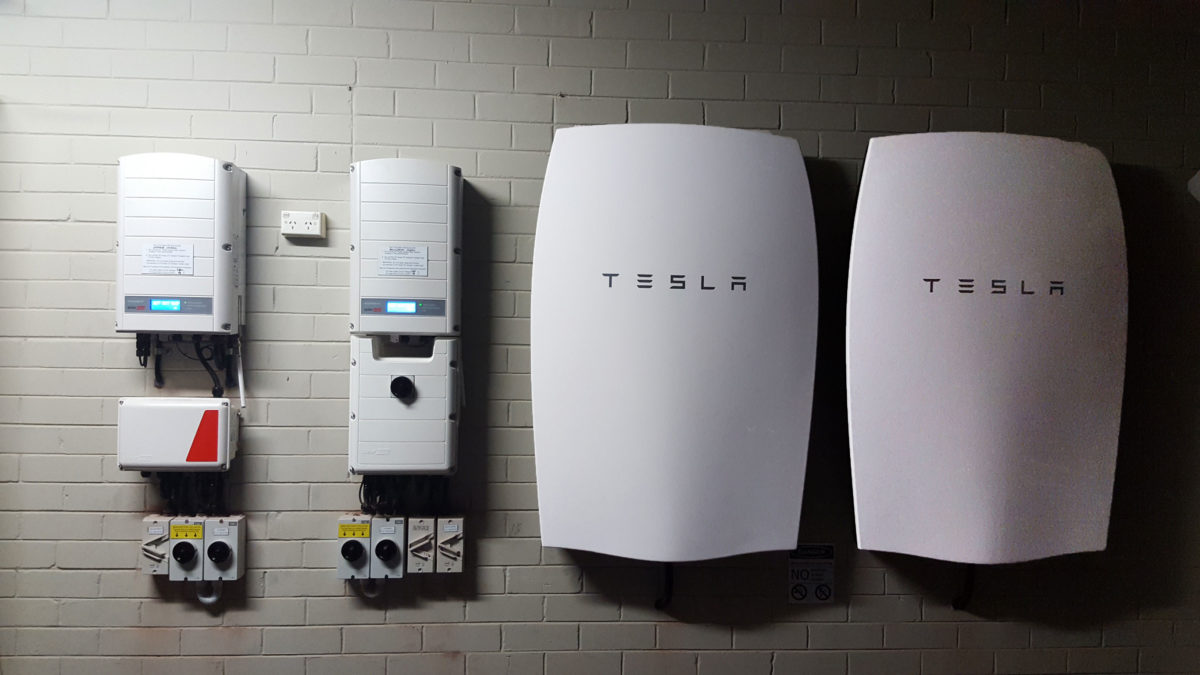
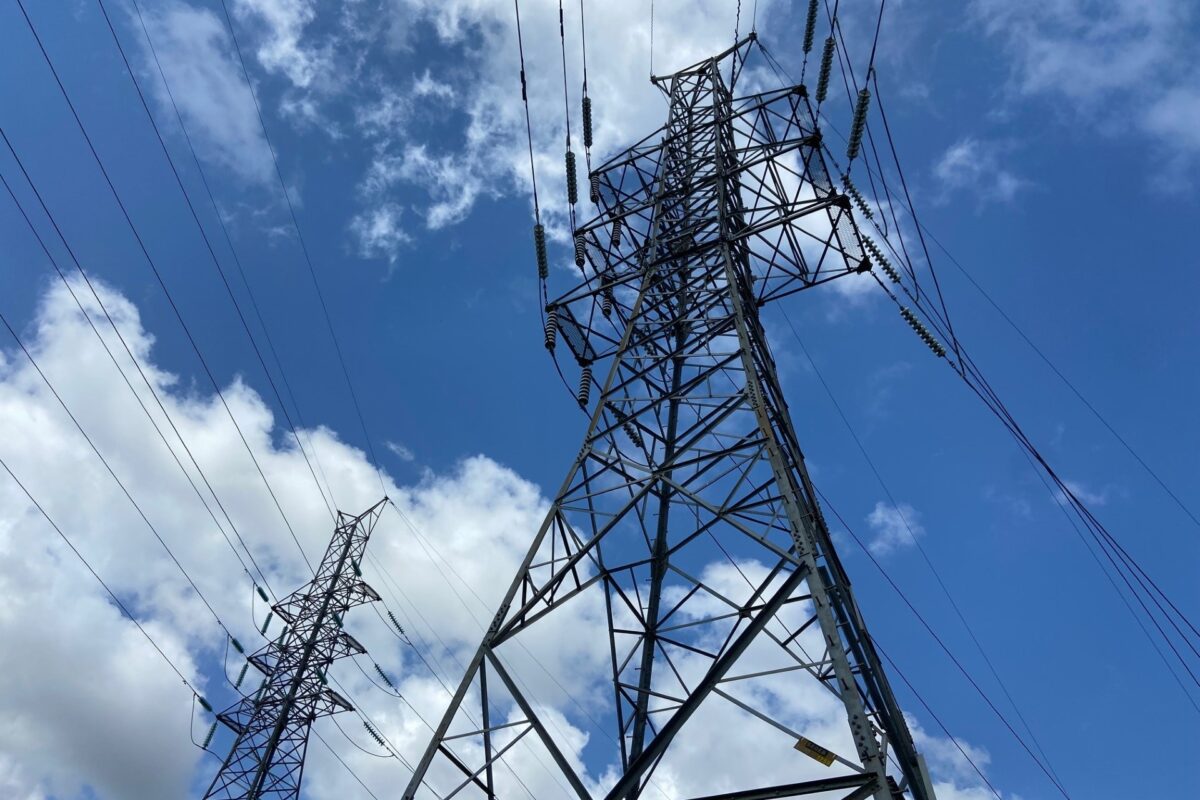


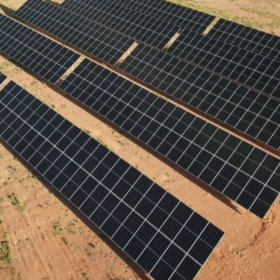
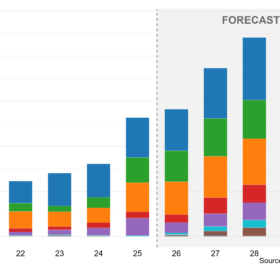
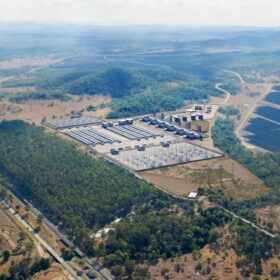
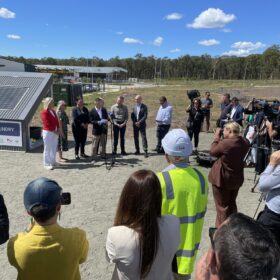
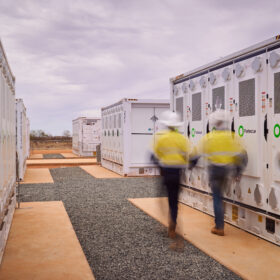
yes I would like to volunteer to have my home assessed to take part in the first stage trial I am a public housing tenant
That’s cool that you’re interested. You can register your interest at the SA Government site here: http://ourenergyplan.sa.gov.au/virtual-power-plant
I would love for some one to come out and assesse my home I have registered my interest thank you
Exciting news! Feel free to get in touch with pv magazine to let us know how it goes. Good luck with joining the solar PV and battery storage community.